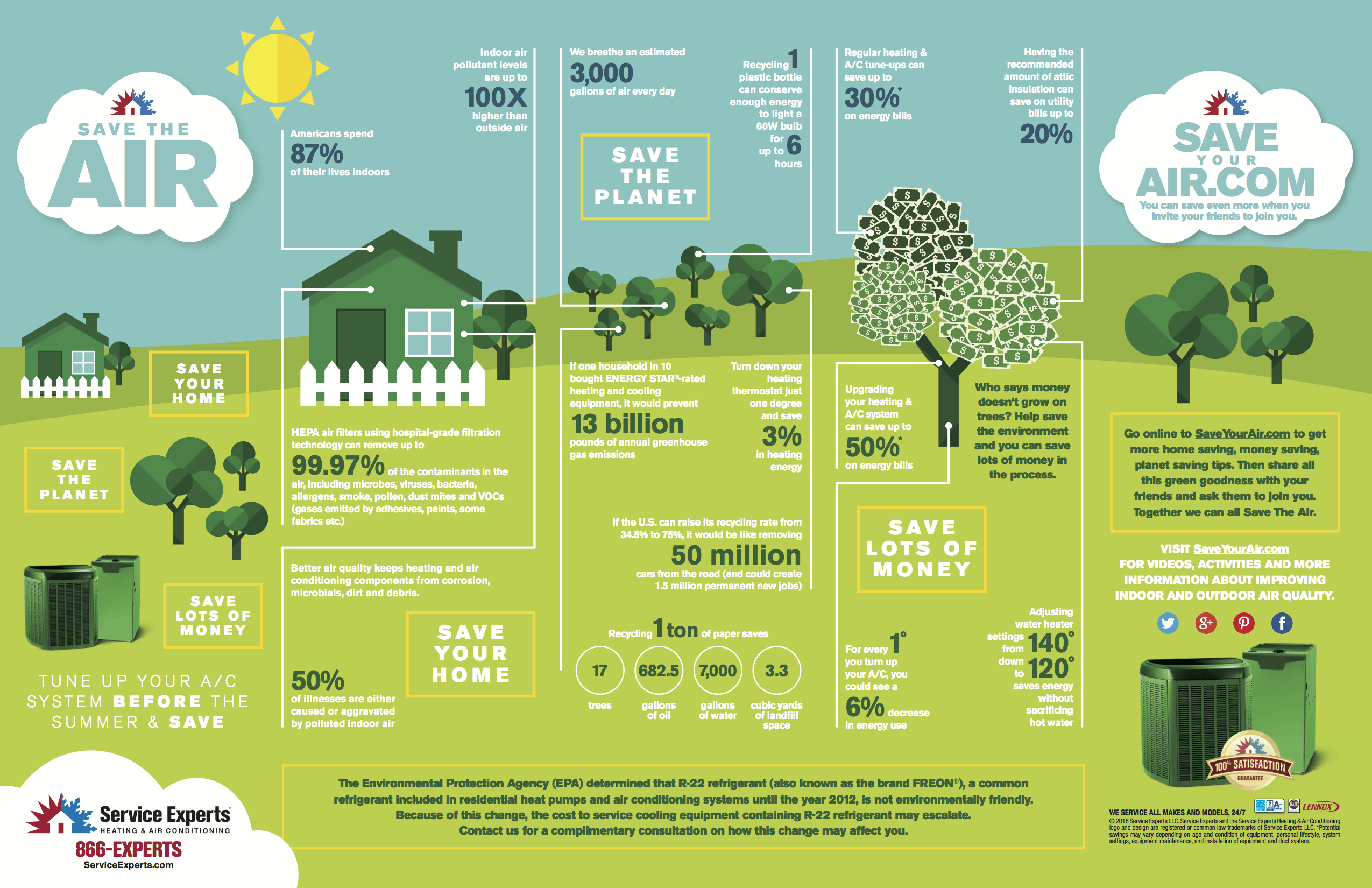The Future Of Home Home Heating - How Heat Pump Modern Technology Is Evolving
The Future Of Home Home Heating - How Heat Pump Modern Technology Is Evolving
Blog Article
Material Composed By-Fraser Oliver
Heatpump will certainly be an important innovation for decarbonising home heating. In a circumstance constant with federal governments' announced power and environment dedications, their international ability increases by 2030, while their share in heating rises to one-quarter.
They work best in well-insulated homes and count on electrical energy, which can be supplied from a sustainable power grid. Technological developments are making them much more effective, smarter and more affordable.
Gas Cells
Heat pumps utilize a compressor, cooling agent, coils and followers to relocate the air and warmth in homes and appliances. They can be powered by solar energy or power from the grid. They have actually been getting popularity as a result of their low cost, silent operation and the ability to generate power during peak power demand.
https://bonitasprings.floridaweekly.com/articles/after-the-storm/ , like IdaTech and BG MicroGen, are servicing gas cells for home heating. These microgenerators can change a gas boiler and produce some of a home's electric demands with a connection to the electrical energy grid for the remainder.
However there are reasons to be skeptical of using hydrogen for home heating, Rosenow states. It would certainly be expensive and inefficient compared to other modern technologies, and it would add to carbon exhausts.
Smart and Connected Technologies
Smart home innovation enables homeowners to connect and manage their gadgets remotely with making use of mobile phone apps. For example, smart thermostats can discover your home heating preferences and immediately adapt to maximize energy intake. Smart lights systems can be regulated with voice commands and automatically shut off lights when you leave the room, reducing energy waste. And wise plugs can keep track of and manage your electric usage, enabling you to identify and limit energy-hungry home appliances.
The tech-savvy household portrayed in Carina's interview is a good illustration of exactly how residents reconfigure area heating methods in the light of brand-new smart home modern technologies. They rely on the devices' computerized attributes to execute day-to-day changes and concern them as a practical methods of performing their home heating techniques. Thus, they see no reason to adapt their practices further in order to allow adaptability in their home power need, and interventions targeting at doing so may face resistance from these homes.
Electricity
Given that heating up homes represent 13% people emissions, a button to cleaner options could make a big distinction. However the innovation faces difficulties: It's costly and calls for comprehensive home restorations. And it's not always compatible with renewable energy sources, such as solar and wind.
Until lately, electric heatpump were too expensive to take on gas designs in most markets. Yet new advancements in layout and products are making them extra budget-friendly. And much better cool environment performance is allowing them to work well also in subzero temperature levels.
The next action in decarbonising heating might be making use of warmth networks, which attract heat from a main source, such as a close-by river or sea inlet, and distribute it to a network of homes or buildings. That would minimize carbon exhausts and allow houses to make the most of renewable energy, such as green electrical energy from a grid provided by renewables. This option would be less costly than changing to hydrogen, a nonrenewable fuel source that needs new framework and would only lower CO2 exhausts by 5 percent if coupled with boosted home insulation.
Renewable Energy
As electricity rates go down, we're beginning to see the same pattern in home heating that has driven electric cars and trucks into the mainstream-- but at an also quicker rate. The solid environment situation for impressive homes has been pressed further by new research.
Renewables represent a substantial share of contemporary warm usage, however have been provided limited plan focus internationally contrasted to various other end-use fields-- and also much less focus than electrical energy has. In part, this reflects a mix of consumer inertia, split incentives and, in lots of nations, subsidies for fossil fuels.
New modern technologies could make the change less complicated. For instance, heat pumps can be made much more energy effective by replacing old R-22 refrigerants with brand-new ones that do not have the high GWPs of their predecessors. Some specialists also imagine area systems that attract heat from a neighboring river or sea inlet, like a Norwegian fjord. The warm water can then be used for cooling and heating in a neighborhood.